Prune Danish is a delicious pastry that combines prunes’ sweetness with puff pastry’s flakiness. To make this delectable treat, preheat your oven to 375°F (190°C).
We will take you through an enticing recipe for prune danish, step-by-step. From essential ingredients to choosing the right dough and understanding the prep process, we’ve got you covered. Learn how to make the perfect prune filling and easily assemble your danish.
Plus, we’ll provide helpful tips and tricks for baking, storing, reheating, and even customizing your prune danish. Whether you’re a seasoned baker or just starting out, this classic dessert will impress your taste buds. Get ready to indulge in a slice of sweet heaven.

Recipe For Prune Danish: The Underrated Sweet Treat
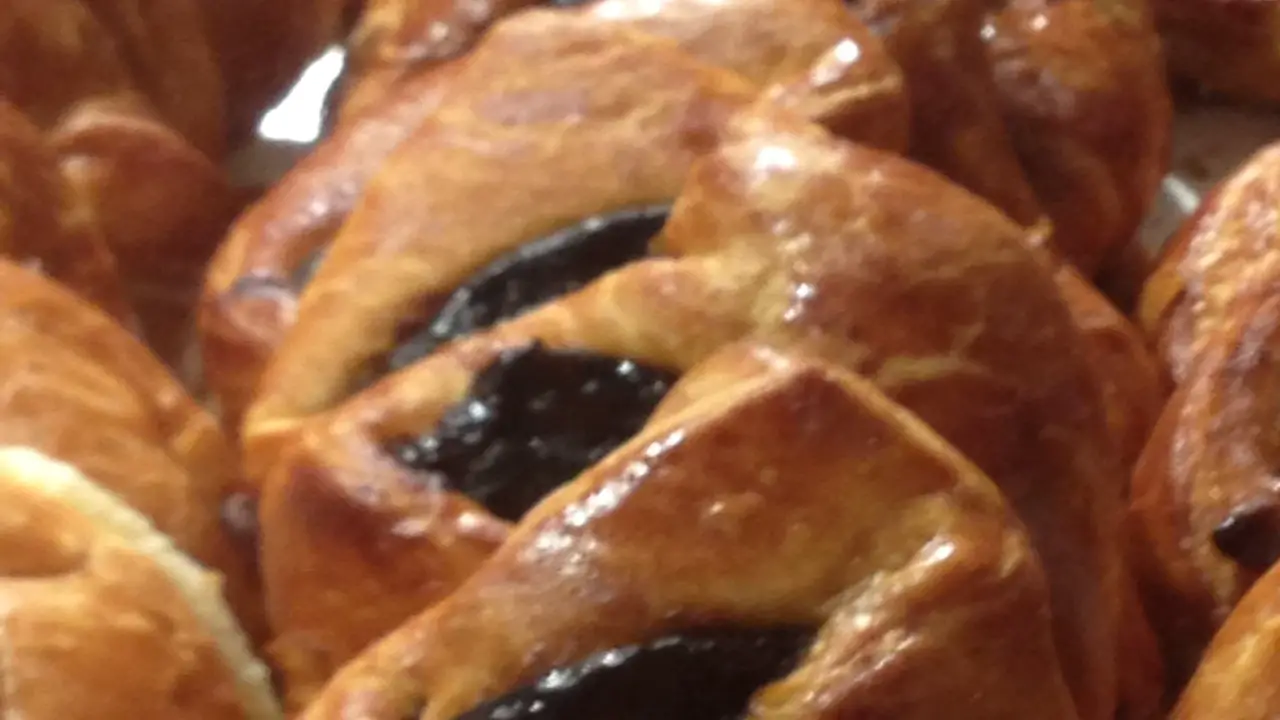
Prune danish, an underrated sweet treat, is often overshadowed by more popular desserts. But don’t let its lack of recognition fool you – this classic pastry is truly indulgent. The buttery pastry, sweet prune filling, and creamy glaze create a mouthwatering sensation.
Making your own prune danish allows you to customize the flavors and control the quality of the ingredients. It’s easily adaptable with modern twists such as different fruit fillings or nuts. Share a homemade prune danish with loved ones and watch as they’re pleasantly surprised by its deliciousness. Scroll down to get into details recipe for prune danish.
Essential Ingredients For Prune Danish

To make a delicious prune Danish, you will need some basic ingredients such as flour, sugar, butter, eggs, and prunes. In addition to these essentials, you’ll also need yeast, milk, vanilla extract, and powdered sugar for the glaze.
The prunes provide a sweet, tangy flavor that perfectly complements the buttery pastry. You can add a touch of cinnamon or nutmeg to the prune filling for an extra depth of flavour. These ingredients combine to create a delectable and indulgent pastry that you can enjoy for breakfast or dessert.
Prunes And Their Varieties
Prunes come in various varieties, including California, French, and Italian. California prunes are known for their sweet and juicy taste, perfect for flavouring pastries. On the other hand, French prunes have a rich and intense flavor that enhances baking recipes like prune danish.
Italian prunes are smaller but pack a tart taste, making them ideal for creating delicious jams and preserves. Experimenting with different prune varieties lets you discover your favorite flavor profile for prune danishes.
Choosing The Right Dough
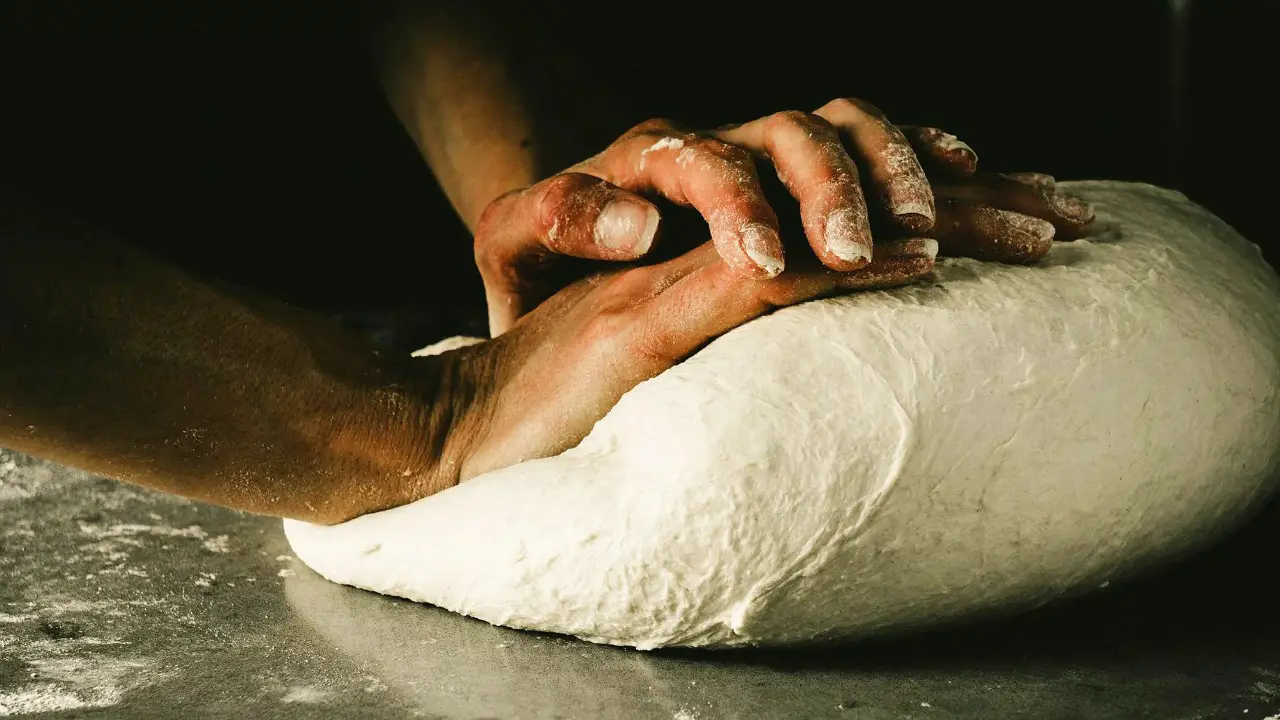
When creating the perfect prune danish, choosing the right dough is key. The type of dough used can greatly impact the texture and taste of your pastry. Traditional Danish pastry dough is rich and buttery, resulting in a flaky, tender base for the prune filling.
On the other hand, puff pastry dough can offer a lighter and crispier texture. Feel free to experiment with different dough options to find the ideal flavors and textures for your prune danish. Whether you choose homemade dough or a store-bought variety, the choice is yours.
Understanding The Prune Danish Prep Process
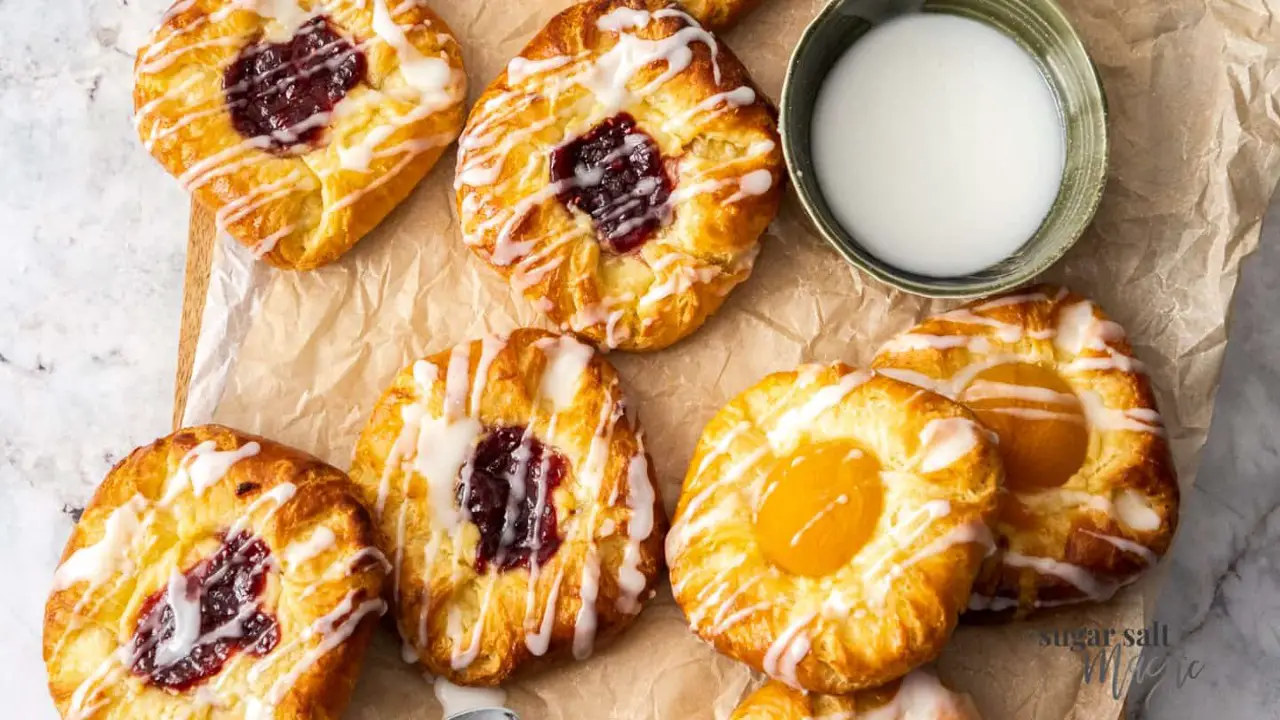
To prepare a delicious prune danish, make a dough using flour, sugar, butter, yeast, and milk. Roll the dough into a rectangle and spread it with a sweet prune filling. Fold the dough over the filling, forming a long log, and cut it into individual pastries. Brush the prune danish with an egg wash for a glossy finish before baking it to golden perfection. Once baked, drizzle the pastries with a sweet glaze for added decadence.
Preparing Prune Filling
To prepare the prune filling for your delicious prune danish, start by simmering prunes in water until they become soft. After that, puree them with sugar and cinnamon to create a flavorful mixture.
If you want to add extra flavor, consider incorporating ingredients like orange zest or almond extract. You can make the prune filling and store it in the refrigerator until you’re ready to use it. This filling adds moisture and richness to the danish, making it a delectable pastry.
Making Danish Dough From Scratch

Making Danish dough from scratch offers complete control over ingredients and flavors. The process involves laminating butter into layers of dough for a flaky texture. Customize homemade Danish dough with different fillings, like a prune, for a sweet and tangy taste.
While it may take time and patience, the end result is worth it. With a good recipe and proper technique, making Danish dough from scratch becomes a rewarding culinary experience. The classic bakery treat becomes even more delicious when you’ve mastered creating the perfect Danish dough.
Step-By-Step Instructions For Assembling Prune Danish
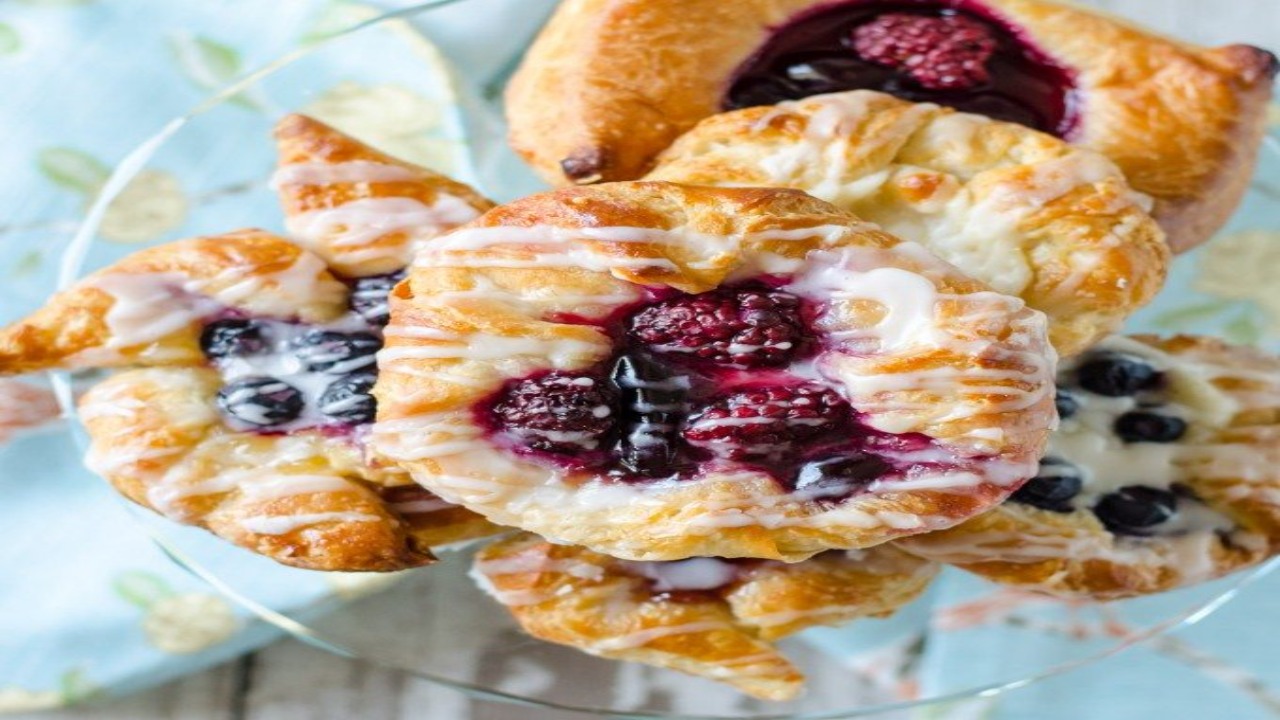
Roll out the puff pastry dough into a rectangle to assemble the prune danish. Next, spread the prune filling evenly over the surface of the dough. Fold the dough in half lengthwise and seal the edges. Then, cut slits in the top of the dough to allow steam to escape during baking. Place the assembled danish on a baking sheet and bake at 375°F for 20-25 minutes until golden brown and crispy. Finally, remove it from the oven and let it cool before serving.
How To Fill The Danish With Prune Filling?
To fill the Danish with prune filling, simmer pitted prunes in water until they soften. Puree the prunes and spread the mixture evenly on a rolled-out Danish dough. Fold the dough over the filling, seal the edges, and bake until golden brown. Enjoy your delicious prune Danish.
Baking Instructions For Perfect Prune Danish
To bake the perfect prune Danish, preheat your oven to 375°F and line a baking sheet with parchment paper. Roll out puff pastry into a rectangle, then spread the prune filling evenly over the surface. Next, fold the sides of the puff pastry over the filling, creating a long, narrow shape.
Use a sharp knife to cut diagonal slits on the pastry, allowing steam to escape while baking. To achieve a golden brown crust, brush the pastry with egg wash. Bake the pastry in the hot oven for 20-25 minutes until it puffs up and turns golden. Remember to cool the prune Danish before serving.
Helpful Tips And Tricks For A Perfect Prune Danish

When preparing a perfect prune Danish, it’s important to use high-quality ingredients for the best flavor and texture. Remember to soak the prunes in warm water before incorporating them into the recipe, ensuring they are soft and plump.
To avoid leaks or spills, be careful not to overfill the danish with the prune filling. Brush the danish with an egg wash before baking for a beautiful golden-brown crust. Finally, serve the prune Danish warm, dusted with powdered sugar, for an extra touch of sweetness.
Storing And Reheating Your Prune Danish
Once you’ve baked your delicious prune danish, you must know how to store and reheat it properly. To keep your danish fresh, place it in an airtight container at room temperature for up to 3 days.
When you’re ready to enjoy it again, preheat your oven to 350°F and reheat the danish for 5-7 minutes until it’s warm and flaky. For longer storage, freeze your prune danish in an airtight bag or container for up to 3 months. Remember to thaw it in the refrigerator overnight before reheating. Before serving, lightly dust the reheated prune danish with powdered sugar for a fresh and sweet touch.
How Can You Customize Your Prune Danish?
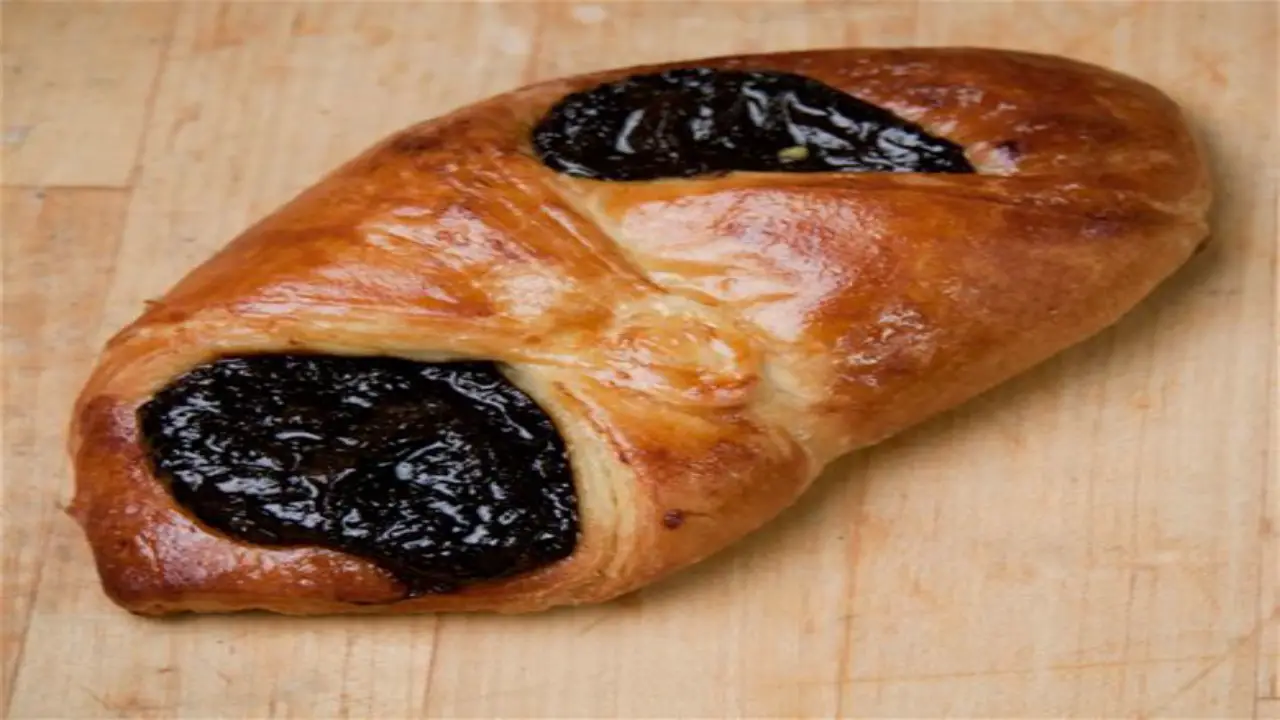
Customizing your prune Danish is easy and fun! Add a personal touch by incorporating different nuts like almonds or walnuts. For extra sweetness, drizzle icing or glaze on top. You can also infuse citrus flavors with lemon or orange zest in the filling. And if you have a sweet tooth, sprinkle cinnamon and sugar before baking.
Alternative Fillings To Try
Looking to switch up your prune danish? Try some alternative fillings to add a new twist to this classic pastry. Cream cheese filling brings a rich and creamy element, while apricot filling adds a tangy and fruity flavor. If you have a sweet tooth, go for Nutella filling for a decadent, chocolatey treat. Almond paste filling provides a nutty and slightly sweet taste; raspberry jam filling brings a burst of tartness and vibrant color. Explore these options and find your favorite variation of the prune danish.
What Makes The Prune Danish A Classic Dessert?
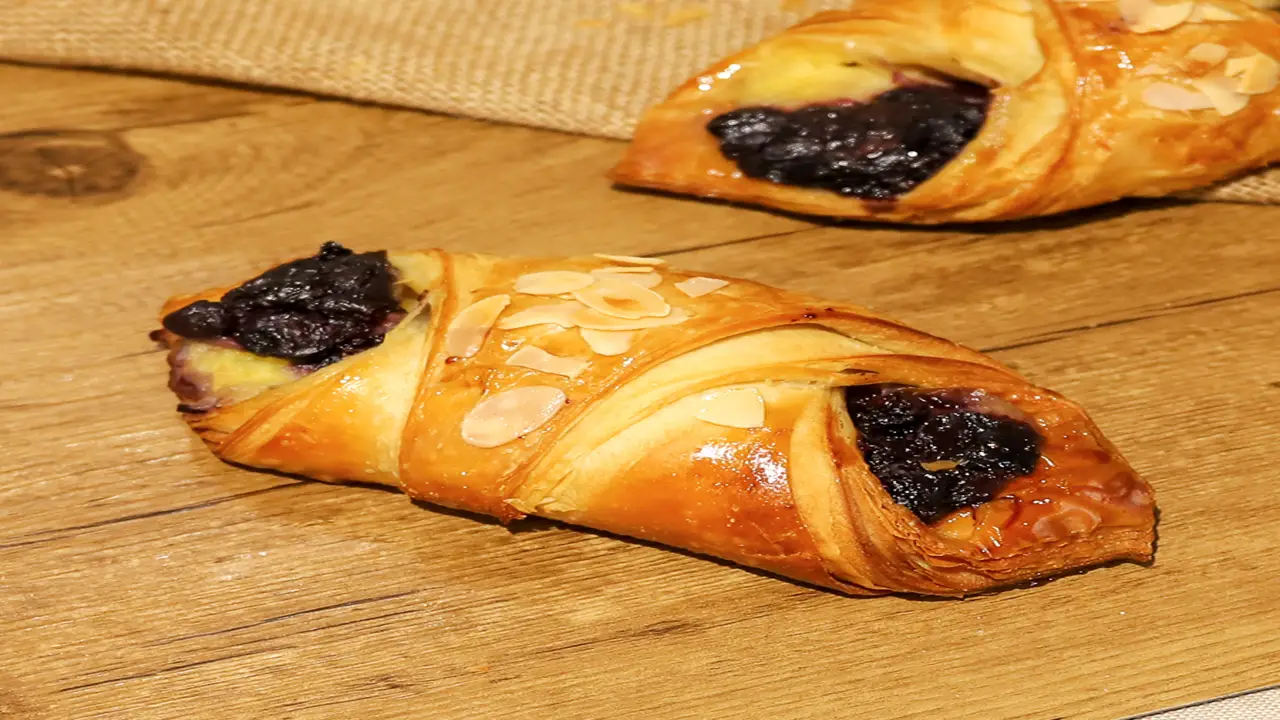
The Prune Danish is a beloved dessert that has stood the test of time due to its delectable combination of flaky pastry and sweet prune filling. The prunes contribute a rich and indulgent flavor that adds depth to the overall taste.
We make this classic treat with traditional Danish pastry dough, which gives it a buttery and light texture. Enjoyed by multiple generations, the Prune Danish evokes feelings of comfort and nostalgia, making it a timeless favorite among dessert lovers.
Conclusion
Prune danish is a delicious and indulgent pastry that can be enjoyed for breakfast, brunch, or as a sweet treat any time. With its flaky and buttery layers, filled with a sweet and tangy prune filling, it’s no wonder why this pastry is loved by so many. Whether you’re a seasoned baker or just starting out, this recipe for prune danish will surely impress.
Every step, from making the perfect dough to creating the luscious filling is detailed and easy to follow. So next time you’re in the mood for a delectable homemade pastry, try this recipe and satisfy your cravings in the most delightful way possible.
Frequently Asked Questions
1.What Is A Traditional Danish Pastry?
Ans: A traditional Danish pastry, known as “wienerbrød” in Denmark, is a buttery and flaky pastry made with laminated dough. These pastries are filled with sweet or savory fillings and often shaped into intricate designs, topped with glaze or icing.
2.Why Are Danish Pastries Called Danish?
Ans: They named Danish pastries after their country of origin, Denmark. These sweet treats are made with flaky and buttery dough and can be filled with various ingredients like fruit, cream, or cheese. Due to their popularity, Danish pastries are now known as “Danish” in different countries around the world.
3.What Is A Danish Pastry Called In Denmark?
Ans: In Denmark, a Danish pastry is popular as “wienerbrød,” which translates to “Viennese bread.” “Danish” is actually an American term for this type of pastry. Popular in Denmark, they come in various shapes and flavors and are often enjoyed with coffee or tea for breakfast or as a sweet treat throughout the day.
4.How Do You Cut And Fold Danish Pastry?
Ans: Cutting and folding Danish pastry is a simple process. Start by cutting the dough into triangles or squares. Then, place the filling in the centre of each piece of dough and fold one corner over to meet the opposite corner, creating a triangle shape. Seal the edges together to create a pocket for the filling.
5.What Else Can I Do With Danish Dough?
Ans: Danish dough is versatile and can be handy in creating a variety of pastries. From classic cinnamon rolls to fruit-filled turnovers, the possibilities are endless. You can use it as a base for savory dishes like ham and cheese pastries or breakfast sandwiches.
Get creative and experiment with different fillings and toppings to make your own unique Danish creations. Plus, you can freeze Danish dough for later use, making it convenient for batch baking or saving leftover dough.
